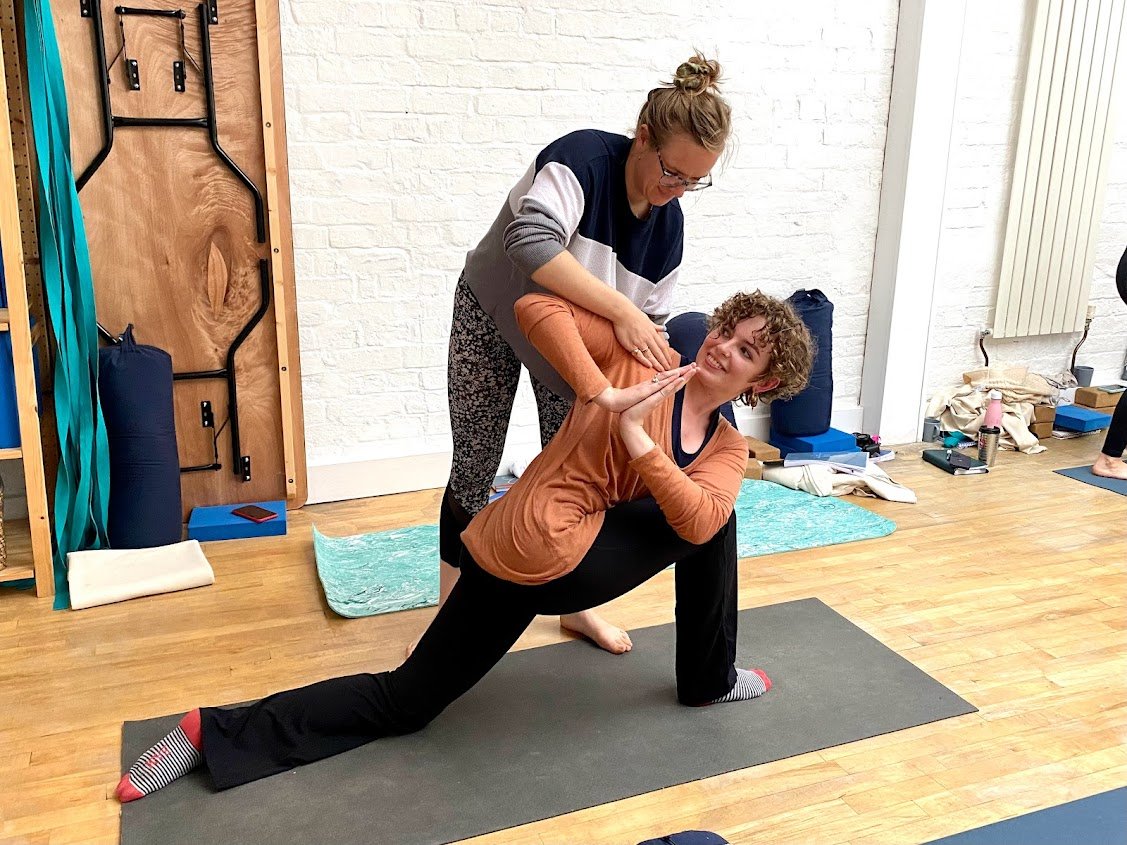7 Top Tips for Holding the Space
As a yoga teacher, one of your essential roles is to help students feel confident and at ease. This can range from simply letting the student know that we practice without shoes and socks, through to being able to sense what a student may need (or at least give the impression we can). This is often referred to as ‘holding the space’. Let me share my top 5 tips for holding the space within your teaching.
1. Embrace your Authenticity
We need a sense of what our role is as the teacher and what it does or does not entail. We do not need to try to fit into the archetypal yoga teacher role if it does not suit us. We do not need to be slim, speak softly, or have other external features. Instead, focus on embodying some of the teachings, having our own practice, and cultivating moments of calm before each class rather than rushing. Our students don‘t need “perfect“ teachers, they need real humans they can relate to! You being here are here shows you have the best intentions & so much to share. Celebrate that.
2. Acknowledge Students Needs
Ensuring we are holding the space for ourselves sets us up to be able to see and hear how our students are doing as they arrive. Every student is unique, both physically and emotionally. Holding the space involves acknowledging and honoring these individual needs. If someone shares discomfort or tiredness, we can offer modifications or alternatives to poses. A student with wrist pain can be shown an alternative to a downward dog for example. We can already invite students to adapt the session to best suit them, or have a sense of how we might deviate from our (ideally fairly loose) class structure.
3. Foster Open Communication
A really useful concept that I only realised after years of teaching is that things do not need to be perfect! We do not need to all have the same experience of a pose or meditation- we won’t have. Encourage your students to share their thoughts, concerns, and feelings with you. Let them know that their experiences are valid and that there is no right or wrong way to feel during practice. So we can simply state “You might experience this- or not. This might feel calming, or it may make you anxious. There is no right or wrong. Honour your own experience.” Be transparent about any unexpected disruptions in the studio, such as loud noises or bodily functions. We can be optimistic without pretending everything is easy or pleasant! By addressing these issues openly and with a sense of humor, you create an environment where students feel heard and understood.
4. ‘You are your own expert’
As a yoga teacher, you have expertise in yoga, but our students are the expert in their own bodies and mind. Offer guidance and suggestions rather than rigid instructions; There may be moments where we make a suggestion specific to a student about a pose e.g. demonstrating a version of a pose that might work better for them, or with permission adjusting. We can offer “This way might feel better for you, see how it feels for you.” Remind them that they've been moving and breathing their entire lives without your guidance. We are providing the space for each student to discover what works for them.
5. Manage Expectations and Boundaries
The counter side of this is to let students know what your role entails or not. For example, yoga is not physiotherapy or psychotherapy. You may be a physiotherapist or psychotherapist, but those roles are still different from the role you hold as a yoga teacher. In yoga class we offer yoga- this is already vast without adding in anything else! Use intake forms for basic information collection but avoid asking about injuries, as it implies you can diagnose and treat them. Emphasize that students are responsible for their own bodies and encourage them to adapt the practice as needed. If we set our boundaries clearly “holding the space” happens and students feel confident & safe.
6. Managing the Physical Space
Preparing the physical space to hold the space in yoga is essential. This can involve practical tasks like tidying, checking for safety hazards, or more energetic activities such as setting intentions or chanting for our class’s energy. Managing the physical space continues as our students arrive, which may include asking them to rearrange mats and possessions. In the past, I ran one class where by the end of the session there was very noisy basketball next door, so it made sense to bring in a relaxation/ meditation towards the start of class. Smaller class sizes can be a perfect opportunity to teach something new or complex!
7. Holding the Emotional Space
We must acknowledge any emotions that come up from our students or ourselves, such as sadness/anger/anxiety/fear & emotional overwhelm. Hold the space to acknowledge how you feel without making it about you. Simply keep an eye on the student and if they need anything be on hand. This way they have space to process if something is “coming up” for them, rather than “Are you ok” which means they then need to talk/ explain, and anyway if they were really okay they would not be crying. Normalise the upset by acknowledging it if it is obvious to the class. However, Yoga is not the right place for a big catharsis. Therapy might be. It‘s not helpful to have a big upset. So if there is a lot going on for students keep it light, keep it gently active so as to not encourage more emotional release.
___
Holding the Space is a key element within my online course ‘Teaching an Intro to Yoga’. If you would like to learn more about how to transform your teaching and take steps into teaching your very first classes of yoga, you can sign up for the online course here.
Teaching an intro to Yoga will provide you with teaching that is rooted in tradition but up to date in movement science. I will help you to learn a framework that will give you complete confidence in guiding all your students.
We'll teach you how to:
Support each person to feel included and safe
Follow a simple course plan that leaves space to adapt for different needs
Guide movement, breathwork & stillness
Form the foundation of a fantastic yoga business
Read more here, request a callback here, or book onto an open evening to discuss any of our courses.
___

